When I was a less experienced artist, I thought that less gloss meant less talent. For, after all, it seemed to me to be commonly assumed in our culture that talent resided only in the gloss, the perfection, and the polish. If your art didn’t have polish it was only because you we’re able to apply it.
Now, I tend to feel just the opposite. Gloss, more often than not, acts as a substitute for soul, a clear vision, intent. It’s certainly more challenging to find the perfect vintage car to purchase than it is to select a shiny new sports car. It seems like gloss too often is the easy way out.
Photographically, for me, this translates away from traditional, more “perfect” images and toward the more real moments. It’s the off moments, or rather the “un-moments” that make stronger, more emotionally charged images. Those images feel more like my life—far more imperfect and far more relevant.
 There are a million images around us to prove my point. Think of the work of so many masters. Cartier-Bresson. Think of Warhol’s photos, of Avedon’s. Or more modernly, of Ryan McGinley’s or Chris Buck. Examples from my own work can be found in the Seattle 100: Portrait of a City book
There are a million images around us to prove my point. Think of the work of so many masters. Cartier-Bresson. Think of Warhol’s photos, of Avedon’s. Or more modernly, of Ryan McGinley’s or Chris Buck. Examples from my own work can be found in the Seattle 100: Portrait of a City book
. I shot 100,000 images for that book, and the ones the made the final 300-image book edit were almost always this “un-moment” of which I write. These un-moments–these instants just before and just after those photographic moments that have been so historically revered in our culture–seem so much more revealing, engaging, and meaningful. My growing experience tells me that this sliver of time that captures the spontaneous and the genuine and pierces through the façade of a conventionally “perfect” portraits does so in a way that more accurately reveals the truly human.
Certainly there are exceptions to my hypothesis abound – where polished images succeed – its simply my hope that we suspend our de facto acceptance of the new-and-polished and recognize that it’s more often something gritty that challenges us to find a deeper aesthetic, take a longer vision and seek more soulful connections. Put simply, “gritty” may require more emotional and metaphysical investment from us viewers, but it is far less deceitful than “glossy” and creates a far greater opportunity for culturally-relevant, creative success.
[this post is adapted from a piece on design that I origially wrote for Arcade Magazine]

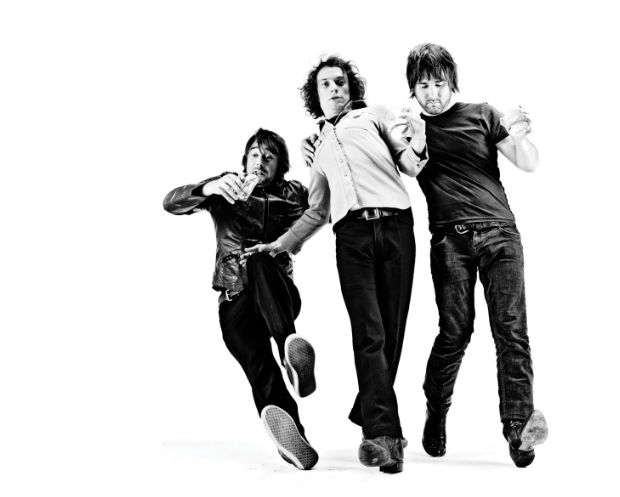







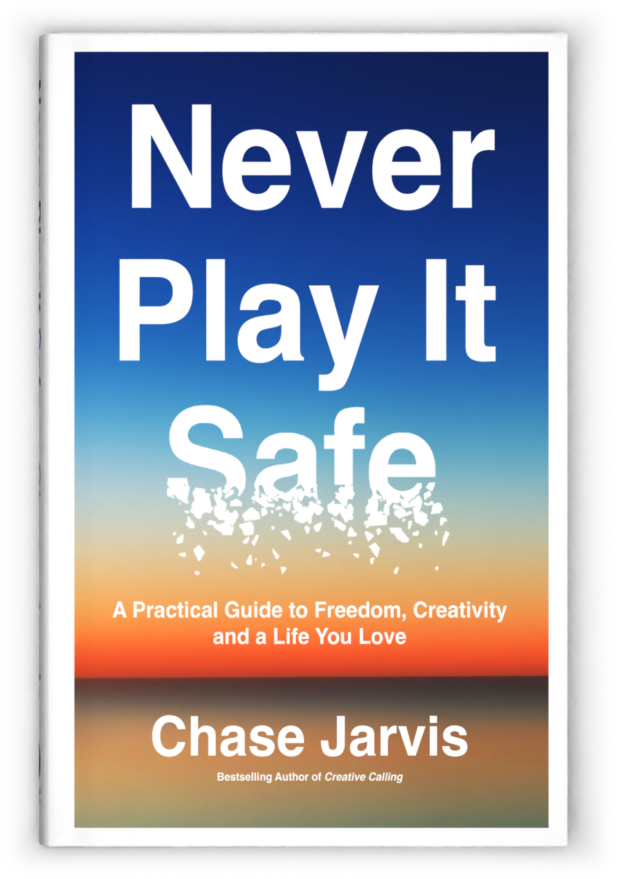
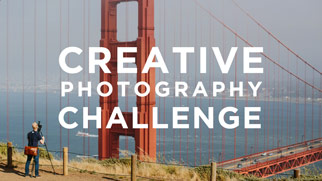
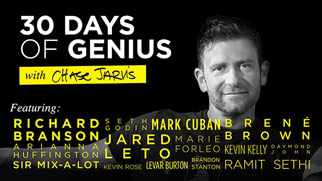
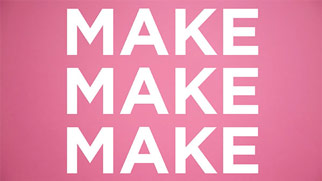



Couldn’t agree more. I think perfect images are a novelty and make great attention grabbers, but not necessarily attention retainers – ideal, but not compelling, screen-savers. Humans are not drawn to over-produced “perfection”, we are drawn to stories, human connections and experience. Perfection is fantasy and is thus not authentic. What you here call grit allows for viewer interpretation, interaction. It leaves room for the viewer to participate and identify with the art.
Having two shooters can help with this as one can work on the classic shots that everyone wants and one can work on the creative and honest portraits that happen in between.
ps: one great short-cut to get totally candid expressions on demand is to use a trampoline. this usually loosens a subject up real quick, if the situation is right. another thing that works really well for us is shooting in a natural, peaceful environment – the negative ions in nature are powerful stress relievers and everything about the outdoors helps people relax (except freezing cold!). giving people space and not shooting all up in their face is helpful too. but in the end your people skills will be the greatest factor in how comfortable people are and how much they will reveal of themselves.
Couldn’t agree more. I think perfect images are a novelty and make great attention grabbers, but not necessarily attention retainers – ideal, but not compelling, screen-savers. Humans are not drawn to over-produced “perfection”, we are drawn to stories, human connections and experience. Perfection is fantasy and is thus not authentic. What you here call grit allows for viewer interpretation, interaction. It leaves room for the viewer to participate and identify with the art.
Even a modest imperfection generates the warm understanding that what you see was made by people for people.
Great post. I’m sure if we all go through our collections we could find a bunch of hilarious and interesting un-moments to post here. Do you feel another user contrib project coming? Something ala the snapshot NYC project?
This might be one of the best posts you’ve put on your blog. And your ‘unfocused’ section in your portfolio is terrific. I’d love to see many, many more images in that section. Cheers.